21 best dog breeds for hot weather
These are the best dog breeds for coping with hot weather – and they come in all shapes and sizes
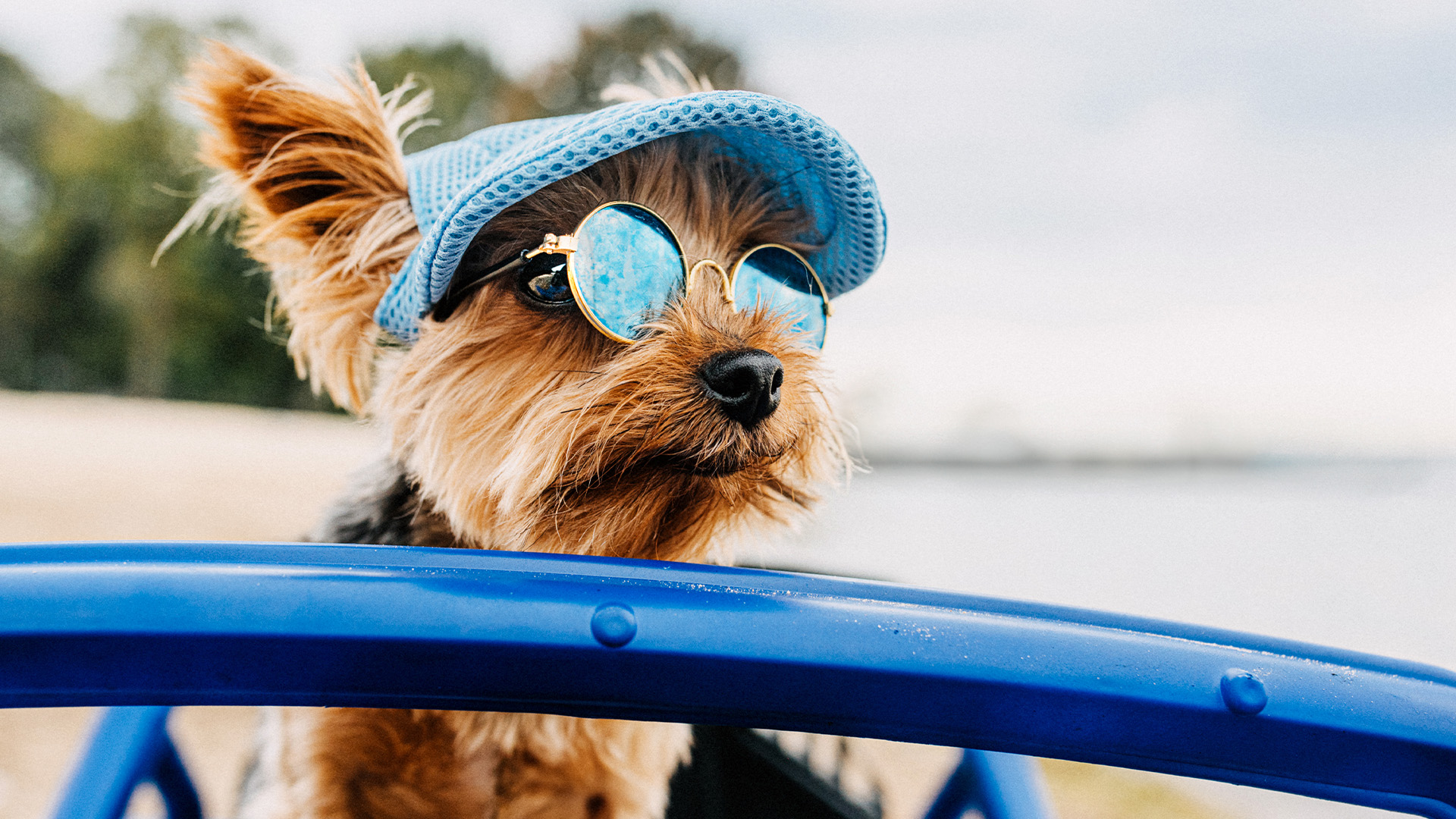
Overheating can be a big problem for dogs and that's why the best dog breeds for hot weather are what you need if you live somewhere with a warm climate. Because dogs don’t sweat to get rid of their body heat (only a little through glands in their paw pads), they need to be able to disperse heat in other ways in order to avoid heatstroke.
Some breeds of dog are well adapted to this physiologically and thrive in hot climates, while other breeds are best suited to cold weather. Dogs that cope best with the higher temperatures are those with short hair, single-layer coats or hairless dog breeds.
Dogs with long noses, such as the sighthounds, deal well with heat, because they process the warm air as it passes through their nose, making it cooler by the time they inhale. Large, erect ears are another useful attribute in hot weather, because long, droopy ears trap the heat. And a fit, athletic, lean dog will do better with the stamina demands of coping with a hot day. But knowing how to cool down a dog is still important regardless of the breed.
Generally, you can tell which breeds will fare well in the heat by where they originated. The dogs that developed in hot climates, such as most Australian dog breeds, are typically well adjusted to high temperatures.
Let’s take a look at some of the breeds that thrive in hot climates.
Best dog breeds for hot weather
1. Xoloitzcuintle

Also known as the Mexican hairless dog, this breed is well adapted to hot weather. There are also Xolos with coats, but this is thin and provides little insulation. The breed has ancient Aztec roots and as such it is accustomed to hot temperatures from the climate in which it has developed.
They also have large upright ears to help disperse heat. As with any hairless breed, sunscreen is advised.
Get the best advice, tips and top tech for your beloved Pets
2. Pharaoh hound

This lean, elegant sighthound fares very well in hot climates, with its short hair and large erect ears to help regulate its body temperature. The jury is out on exactly where the breed originated, but whether it was ancient Egypt or Malta, pharaoh hounds are well adapted to hot climates.
3. Italian Greyhound

Italy might not be blisteringly hot all year round, but the summers are dry and arid, and the delicate Italian Greyhound is well adapted to cope with this. They have a thin hair coat and very little insulation by way of body fat. In fact, many of these diminutive greyhounds wear coats indoors!
4. Afghan Hound
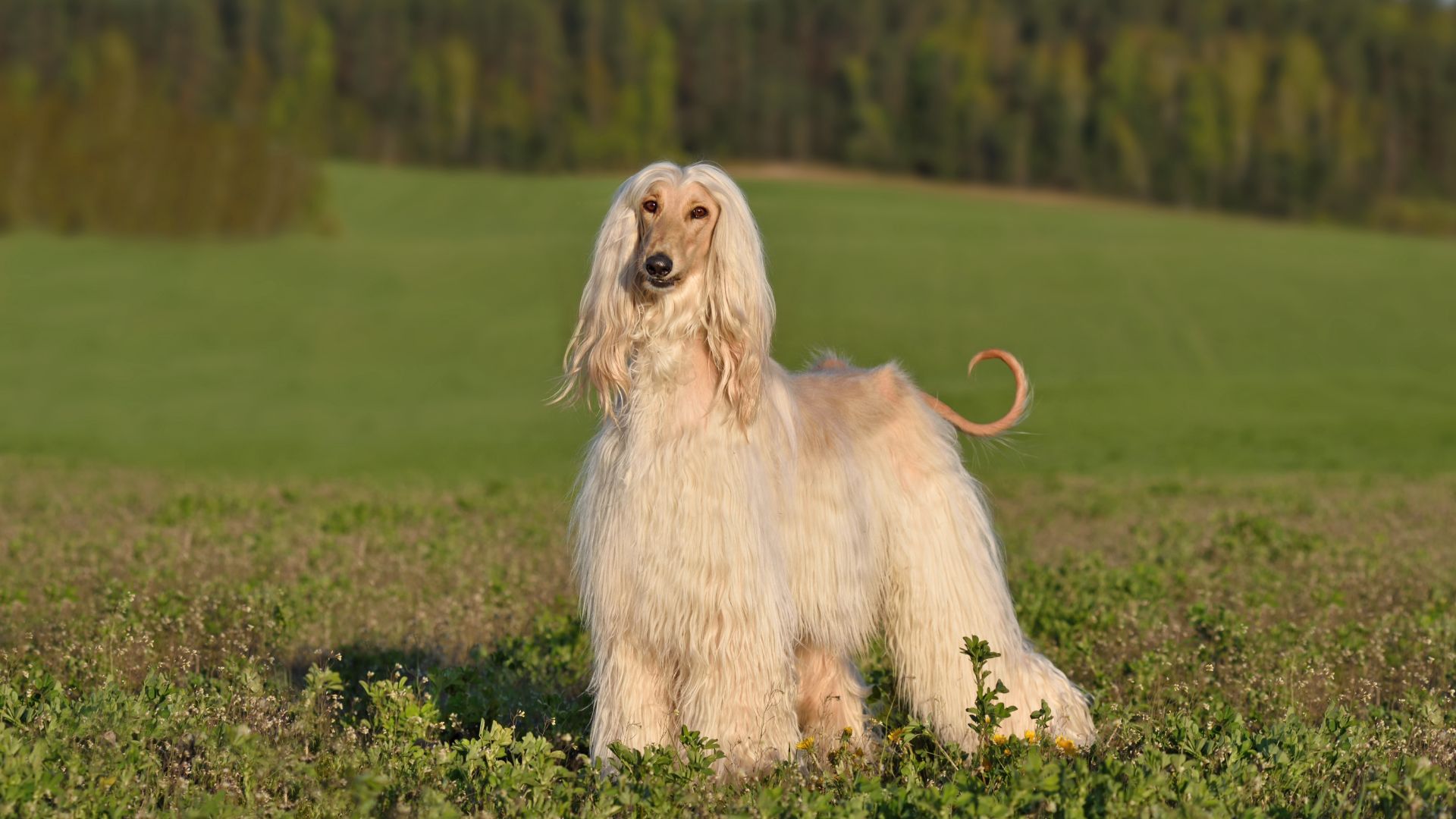
Although the Afghan Hound has a luxuriant coat, it actually copes very well with warmer temperatures. Those flowing locks are a single-layer coat, so do not trap in as much warmth as a double coat would.
These dogs are also naturally lean, without much subcutaneous fat serving as insulation.
This breed originated in Afghanistan, where the long coat would protect them from the cold winters in the mountains, while enabling them to thrive in summer despite temperatures reaching up to 122ºF (50ºC) in the southern provinces.
5. Chinese Crested
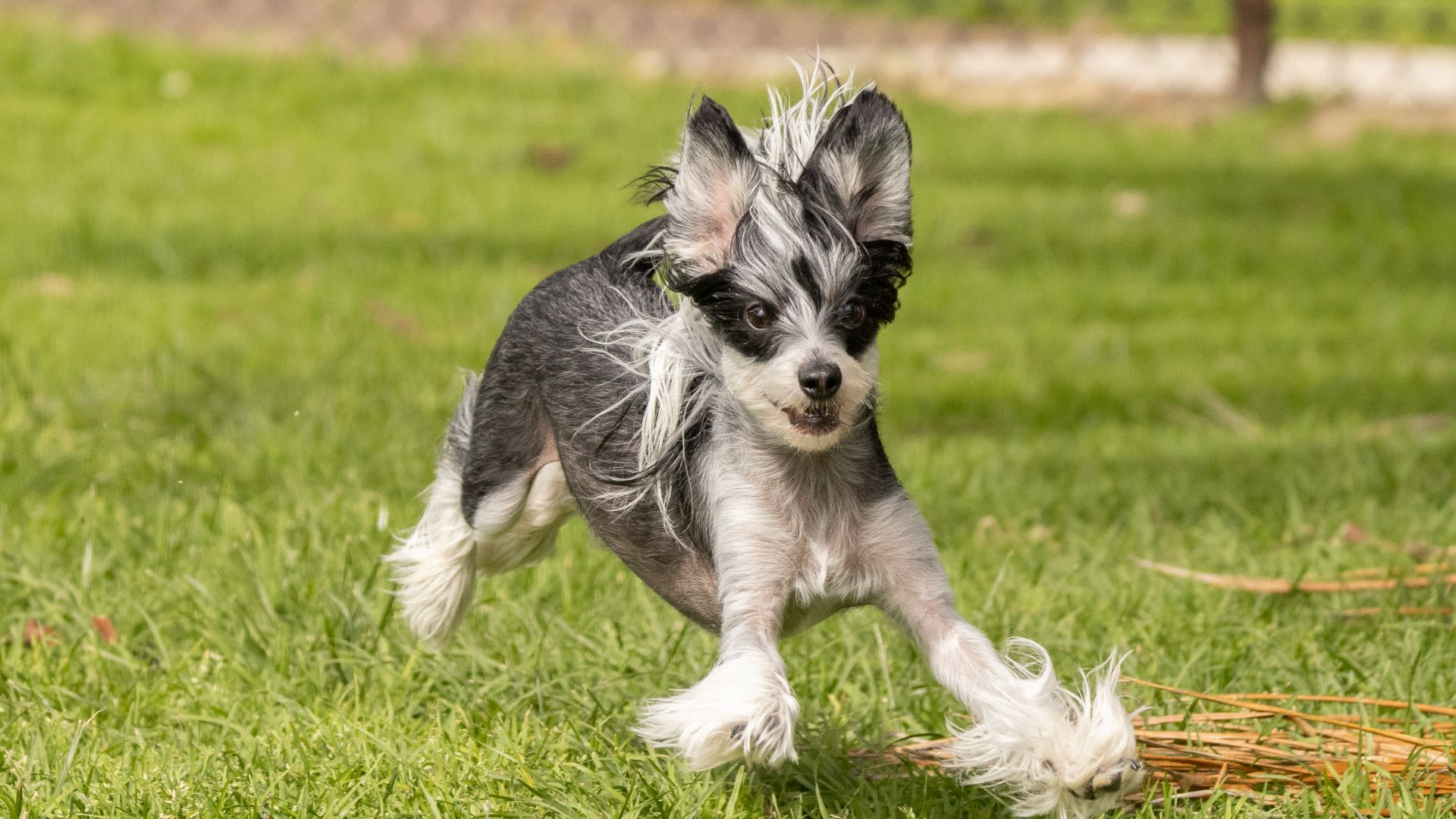
Chinese Cresteds, hairless for the most part, are well adapted as one of the best dog breeds for hot weather. Only small areas on their bodies grow hair. They also have upright ears to help regulate temperature, and a medium-sized snout to help them tolerate heat well. They are thought to have developed in Asia from African hairless breeds, so are well adapted to a hot climate.
6. Ibizan Hound
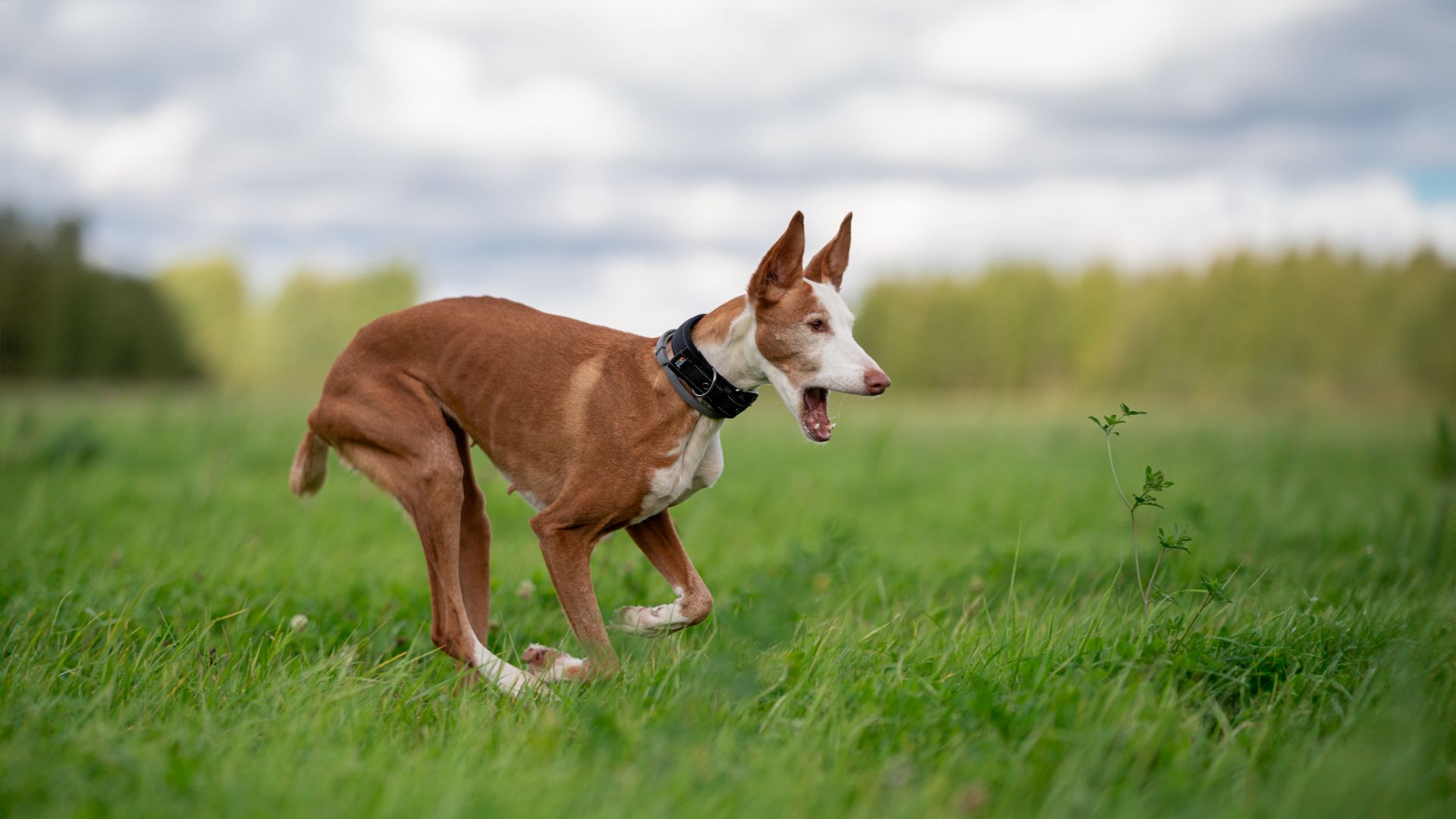
A breed that developed in the warm Mediterranean climate of the Balearic Islands, this lean and athletic dog is well used to soaring temperatures. It is likely to have ancestry from other sighthounds originating in hot countries such as Egypt, where it would naturally pursue prey under the hot sun. Its short fur, large open ears and minimal subcutaneous fat make it adept at regulating its body temperature.
7. Basenji
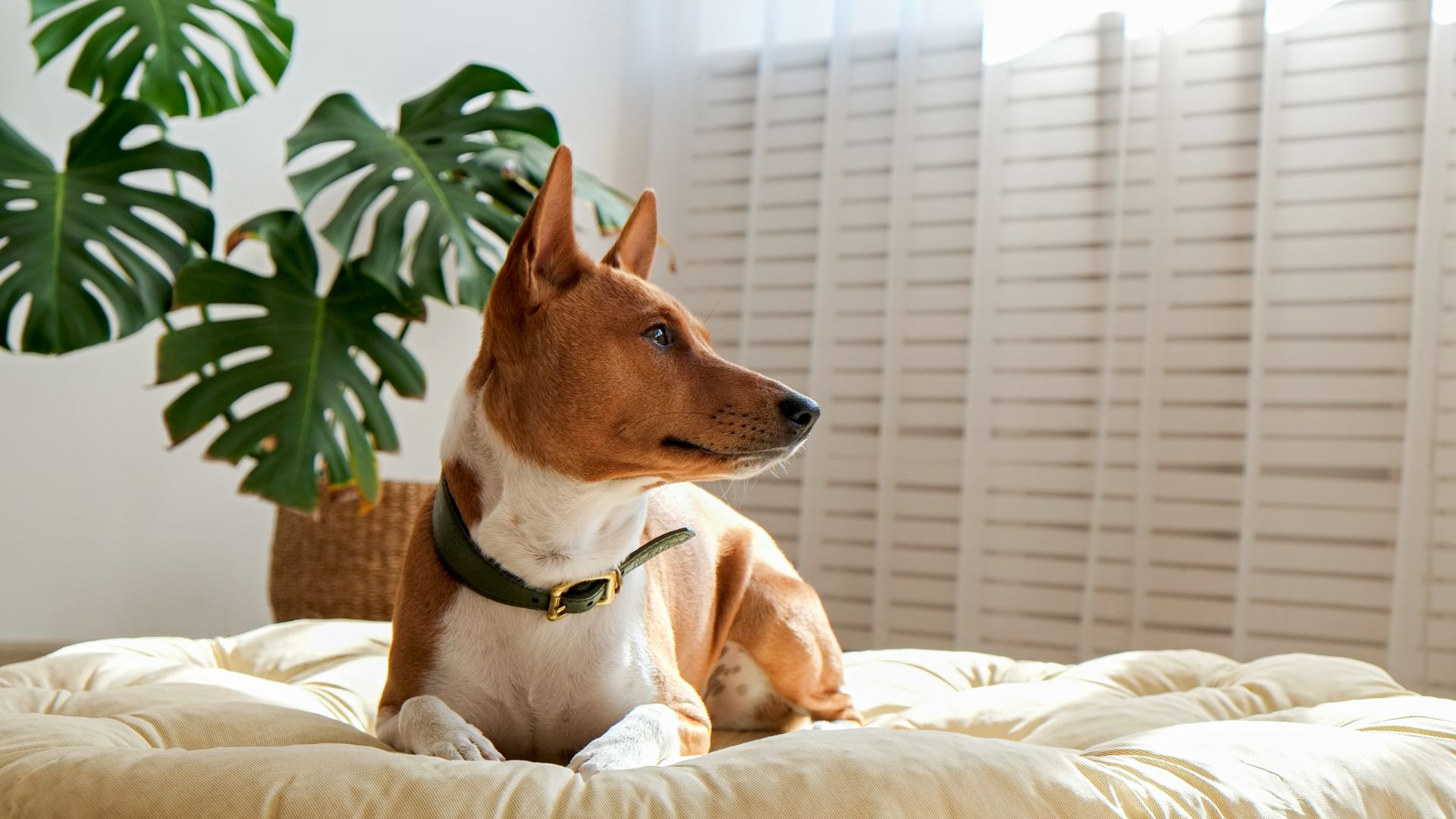
Known as the barkless dog, this is a breed that handles hot weather well. They have a short, fine coat, large ears and prove they cope well with high temperatures by not panting excessively. They are thought to originate in the hot climate of the Congo, and so thrive in warm weather.
8. Sloughi

Sloughis originate in the arid climate of Morocco, where they were used to guard flocks thousands of years ago. Also known as the Arabian Greyhound, they are lean, athletic and have short, fine coats, so are naturally well adapted to cope with high temperatures.
9. Saluki

An ancient breed that was bred to hunt in the desert, so is built to be able to run all day long under the hot sun. Like most sighthounds, the Saluki is slim and elegant, and has a short, silky coat that allows air to circulate rather than trapping it as an insulating layer.
Salukis also have an inbuilt cooling system that makes them superior to many other breeds – they have more sweat glands in their paws, which enables them to dissipate heat.
10. Australian Cattle Dog
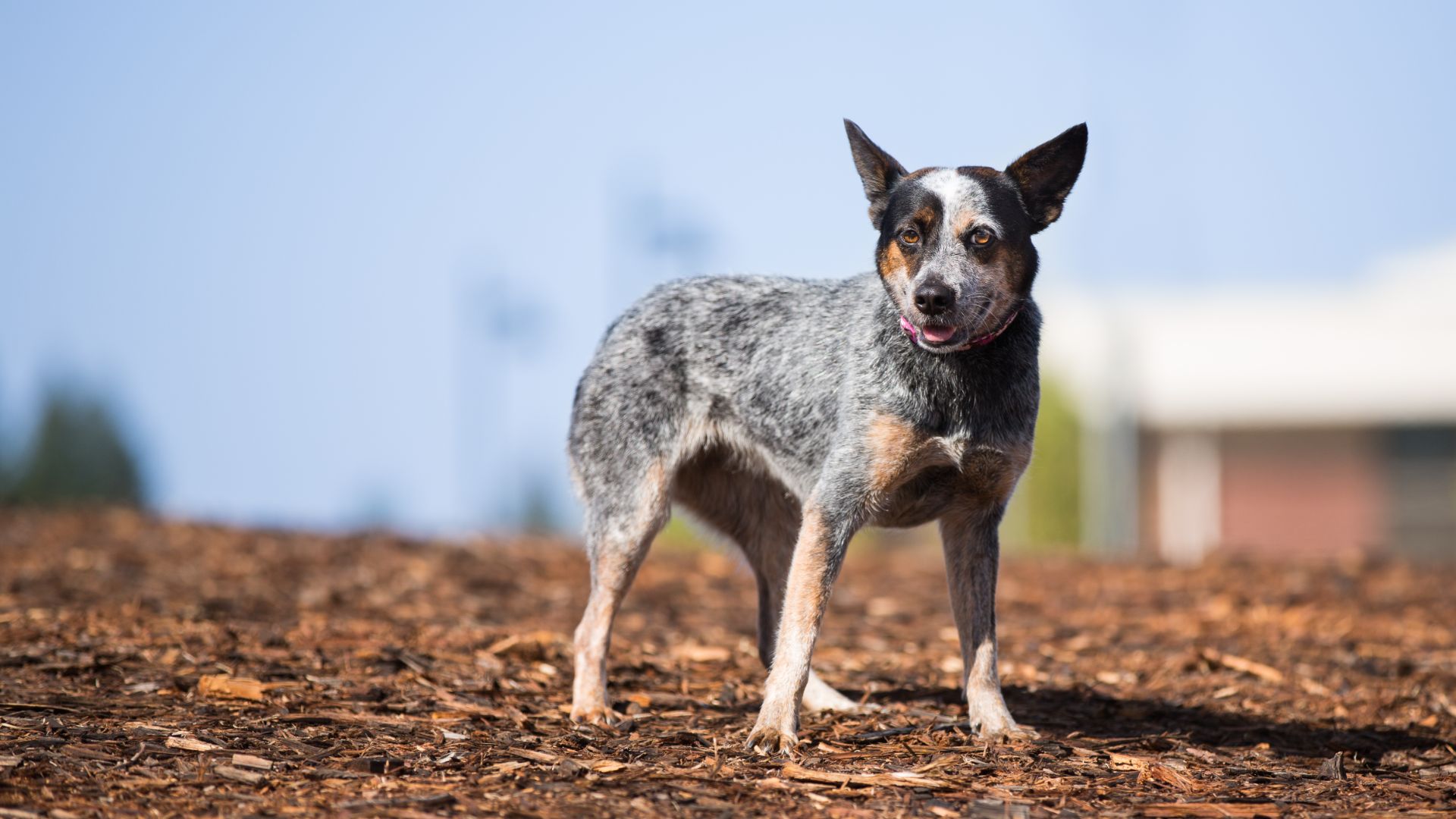
This Australian breed might look furry, but they actually cope very well with the hot weather that is their natural climate. They have a short double coat, which serves to keep them warm on cold nights, and cool on hot days. Just make sure when they are shedding, as they do seasonally, that you brush out the excess hair.
Australian Cattle dogs that work outside tend to be fit, athletic and full of stamina, which enables them to cope well with the physical demands of hot weather.
11. Azawakh
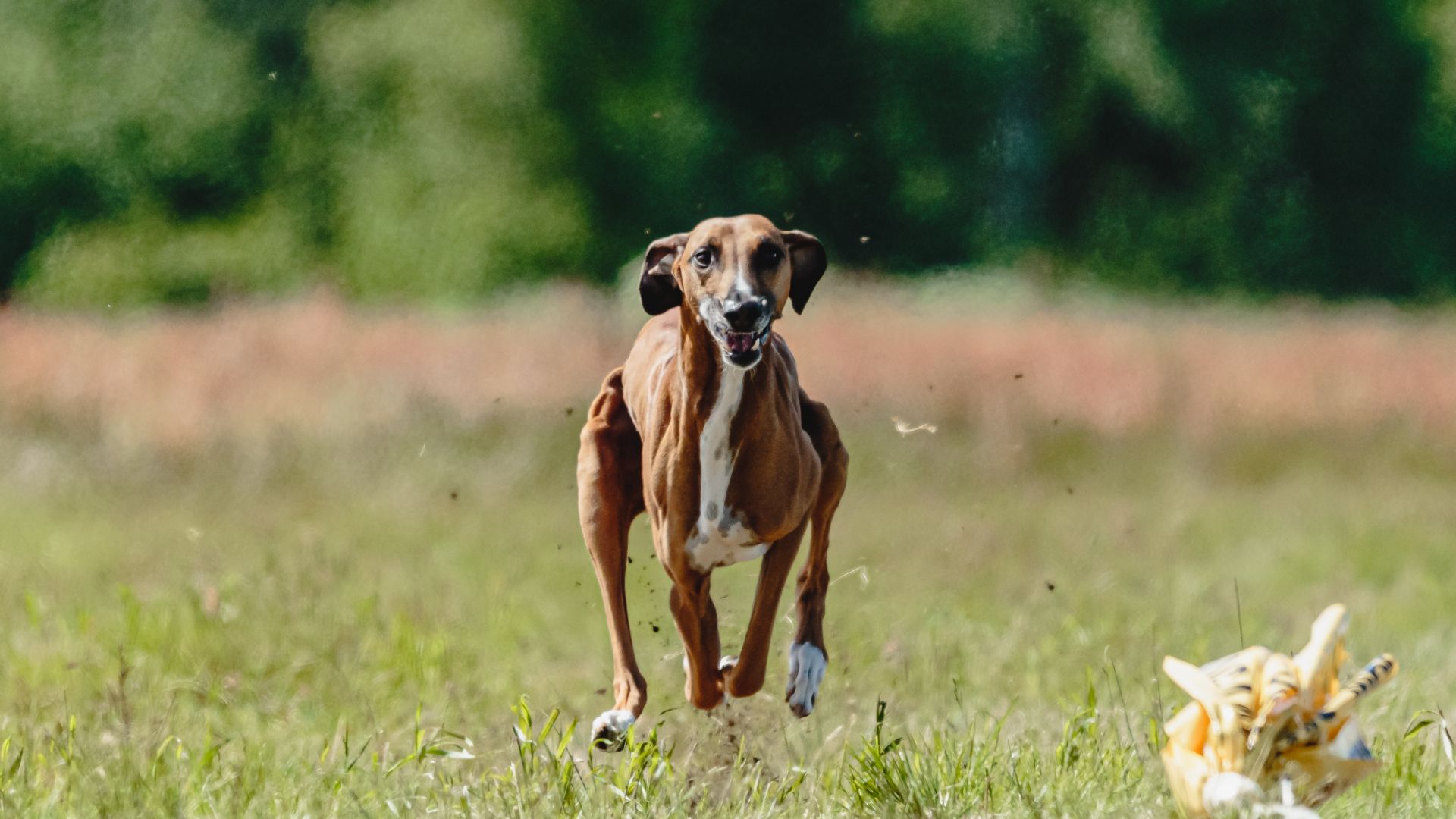
This ancient hunting sighthound originates from West Africa, where the breed was developed roaming the Sahara under the hot desert sun.
As well as being extremely fast, the Azawakh is well suited to coping with high temperatures, having a short, smooth coat, and a lean build. They aren’t happy in cold climates and hate the rain, so make sure you have one of the best dog coats to hand for chilly months.
12. Chihuahua
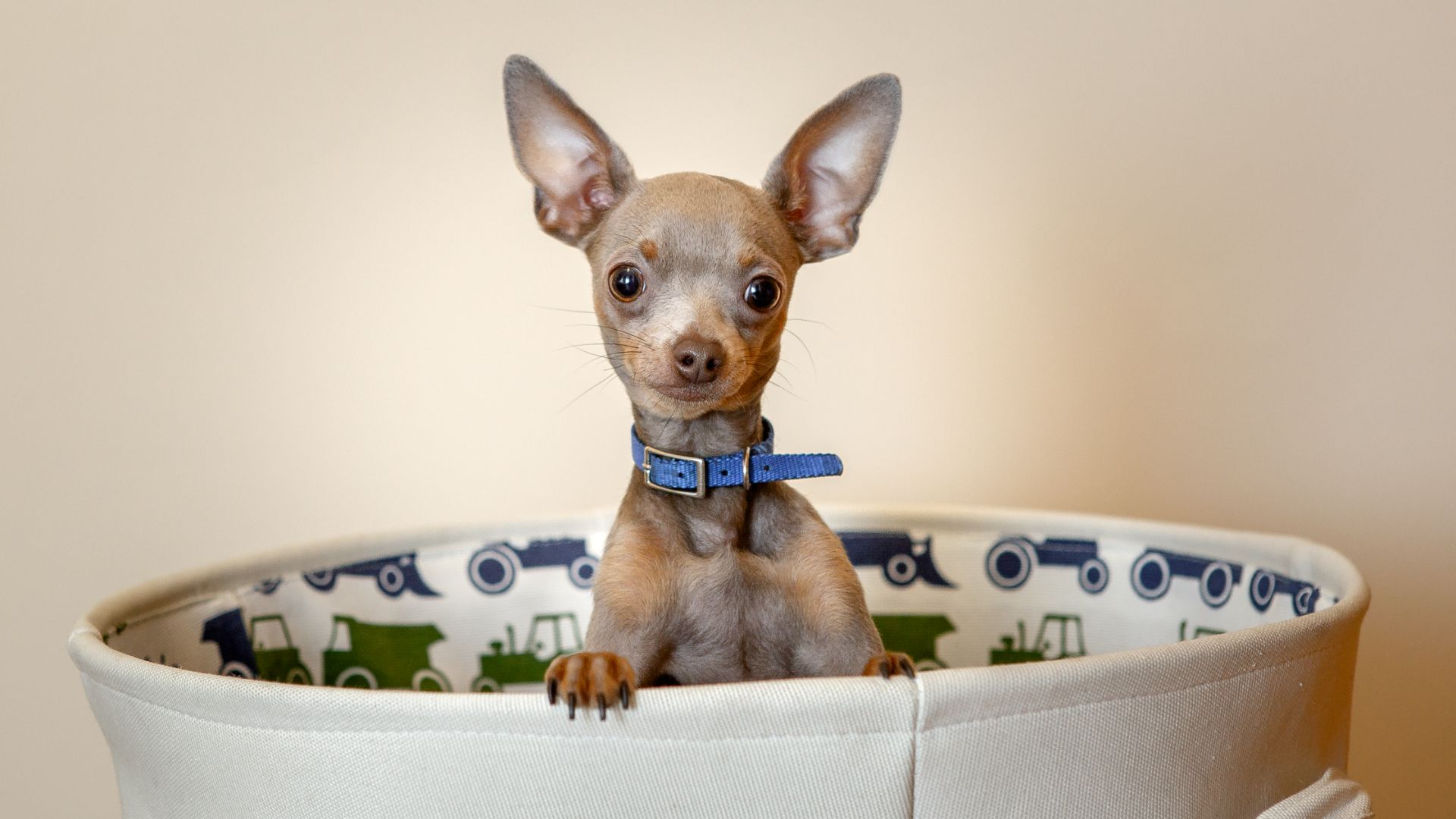
Chihuahuas are fairly adaptable, and cope well with the heat. Hailing originally from Mexico, the breed has been acclimatised to a hot climate.
Chihuahuas have different coats, which can affect how likely they are to overheat. A single-coated short-haired Chihuahua is better adapted than a long-haired double coat. Either way, their large erect ears disperse excess heat.
A heat-related fun fact about Chihuahuas? As one of the smallest dog breeds, they generate less body heat than larger breeds.
13. Whippet
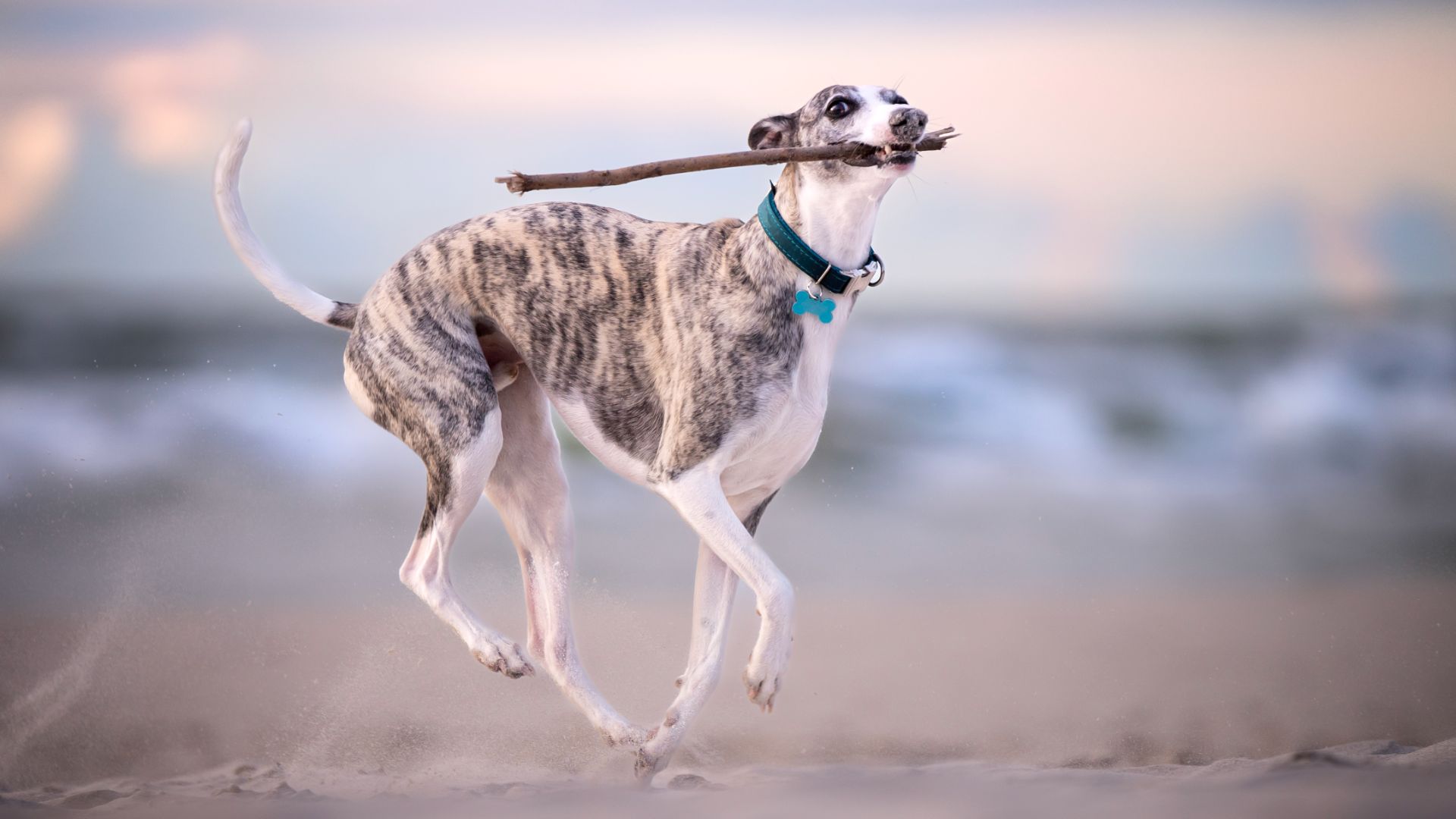
If you have ever seen a whippet shivering on a cold day, you’ll know how much this breed likes to be kept warm. They have short hair which prevents insulation and allows cooler air to circulate, a long nose to take in air and large open ears to disperse heat. Plus they are a lean and athletic breed, meaning they fare better in hot weather because they expend less energy just moving around.
14. Greyhound
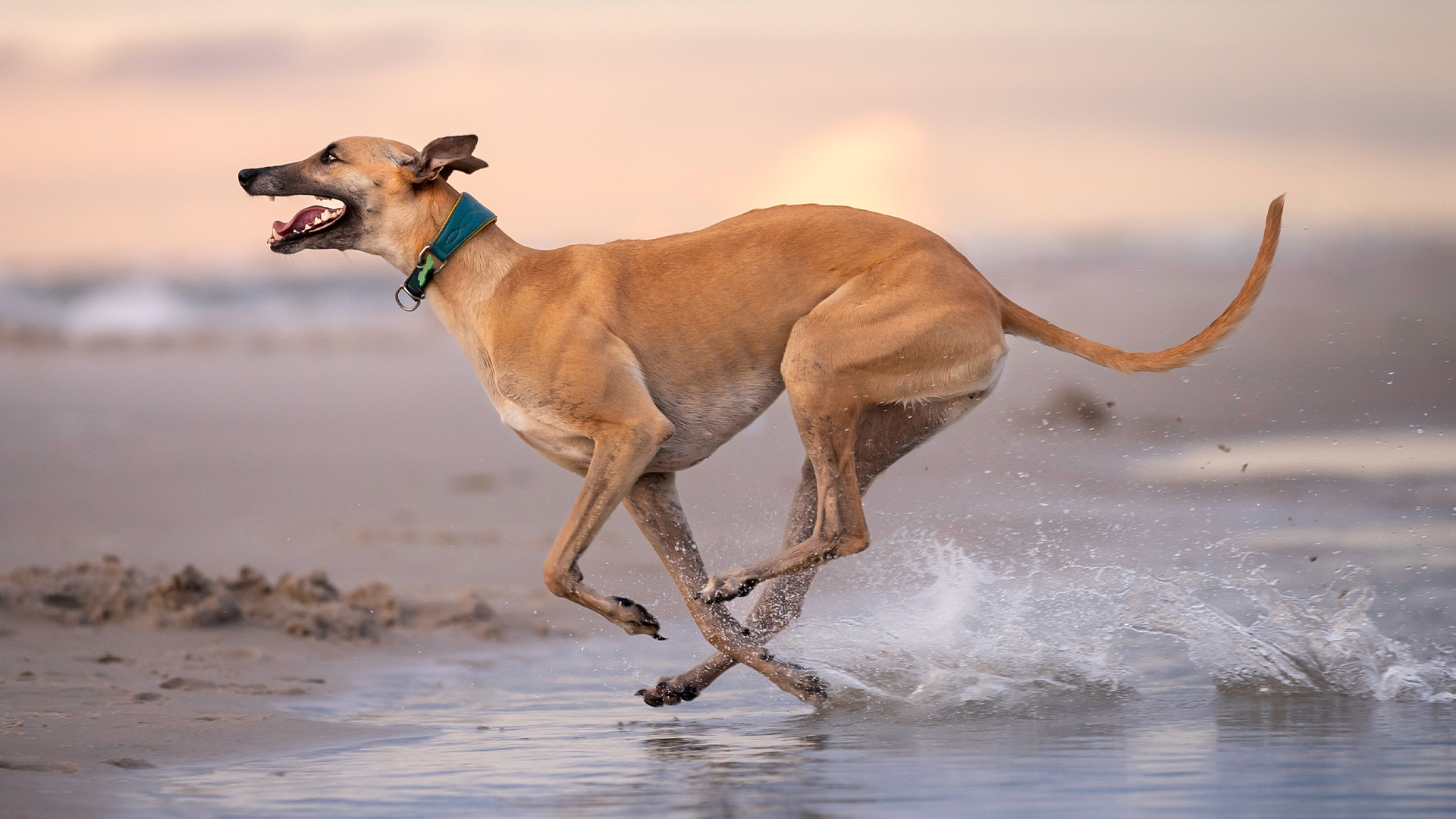
A typical sighthound, this smooth, fine-coated dog is well adapted to tolerate heat. Its lean and athletic body holds little subcutaneous fat for insulation, while their deep chest helps them to dissipate heat.
Greyhounds have big lungs, and a big heart, which makes them more efficient at endurance, while their nasal passages are uniquely large and enable them to take in more oxygen (with the inhaled air providing a cooling effect) – all useful physiological attributes to provide stamina in challenging conditions.
15. Rhodesian Ridgeback

A bigger, heavier dog than many of those that are well adapted to hot climates, the Rhodesian Ridgeback was developed in the south of Africa to track lions, and therefore has several attributes that improve its tolerance of high temperatures. It has a short but dense coat that protects it from the sun and heat. They are robust and naturally fit and athletic, bred to hunt for long periods under the hot African sun.
While not out working, this hound breed actively seeks out sunspots, where they can bask in the heat.
16. Yorkshire Terrier
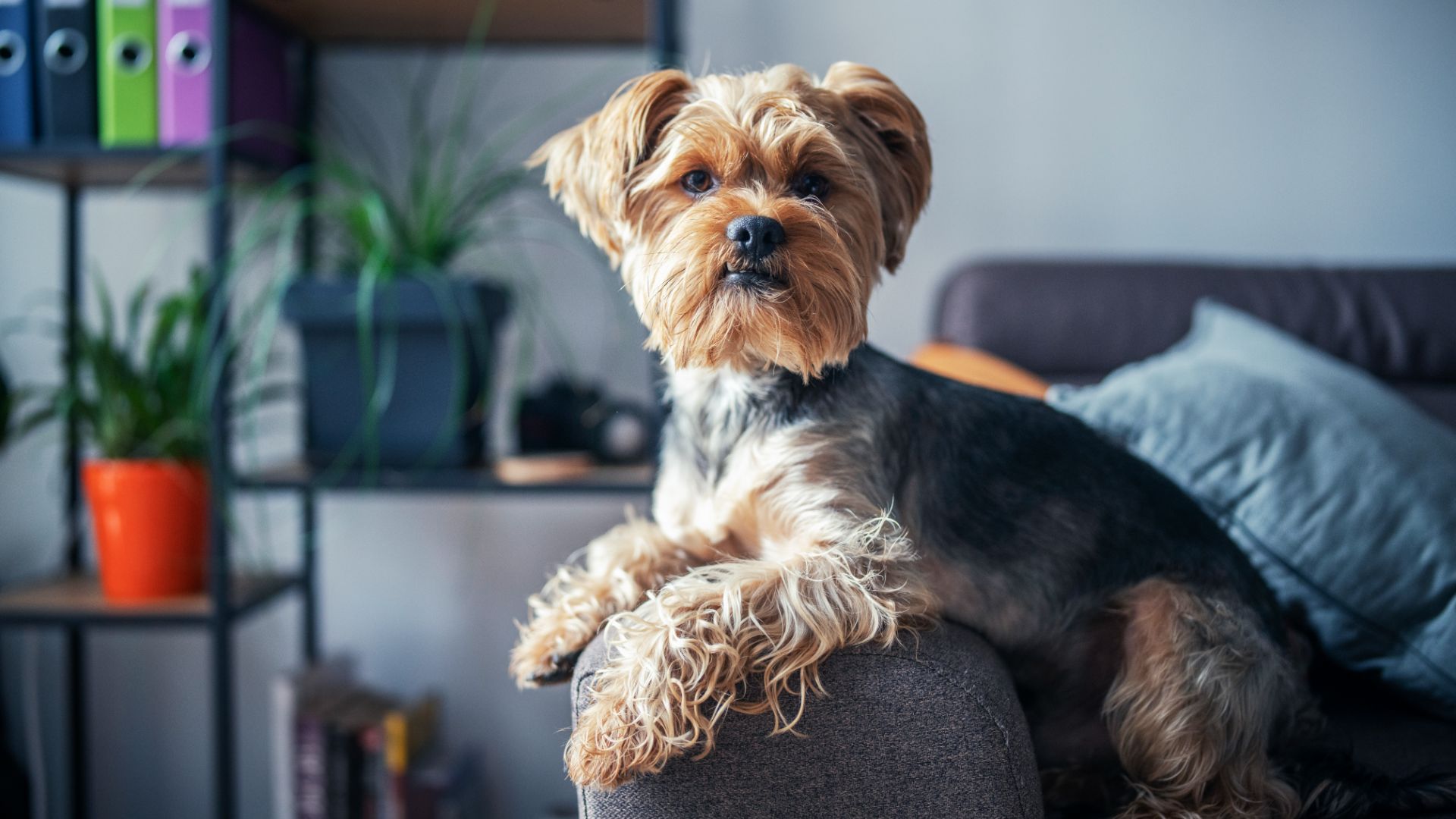
Yorkshire Terriers are famed for their sleek and shiny silk coat. Although it looks like it has a fair amount of fur, these long locks are very fine and only a single coat layer rather than thick fur. This means they cope well with the heat, but aren’t so tolerant of the cold as that coat provides little insulation.
And as a little terrier breed, they generate less body heat than a large one.
17. Peruvian Inca Orchid
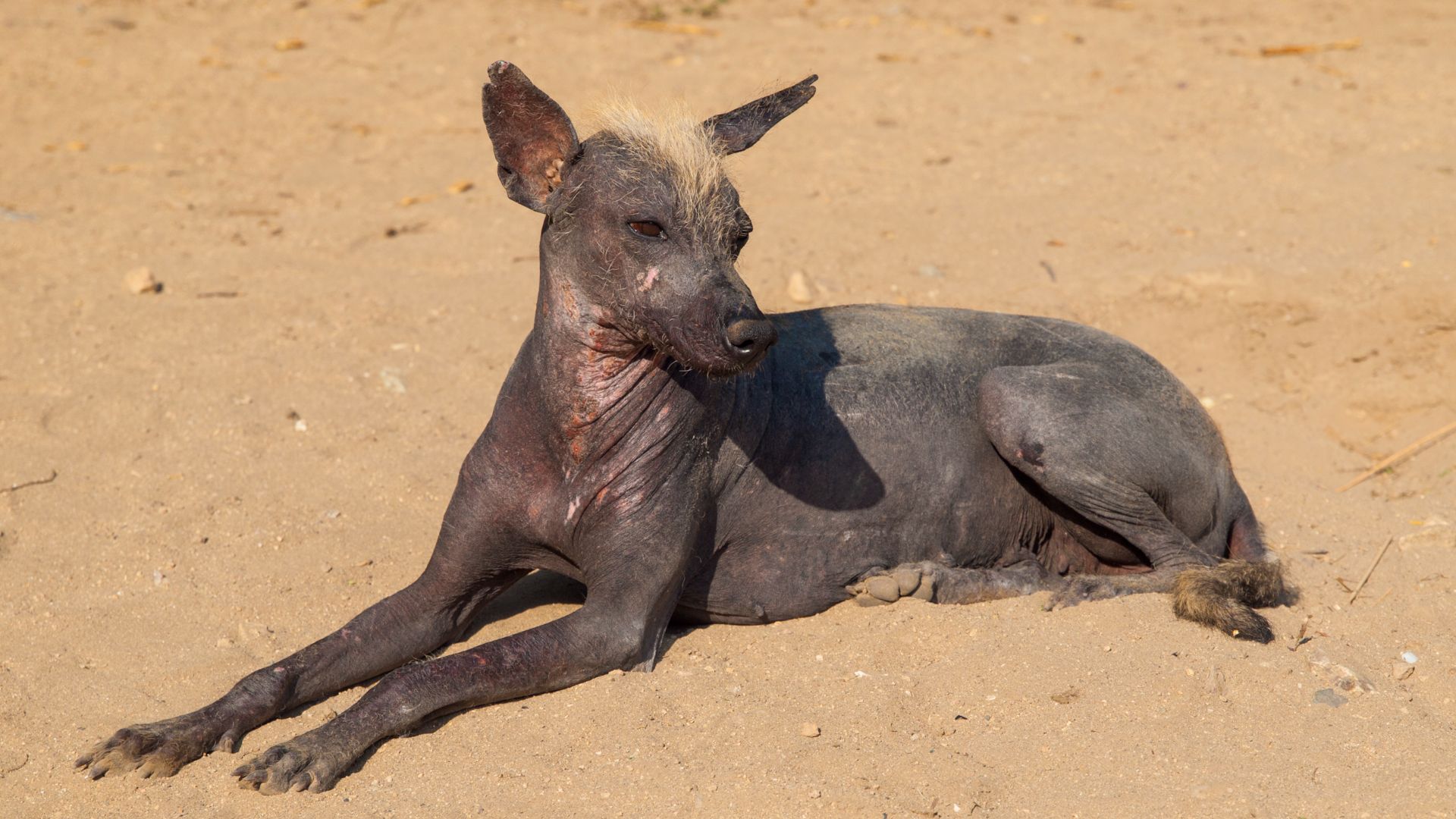
This exotically named breed, which originated in the Inca Empire and is Peru’s national dog, is hairless – which means it has no insulation for its skin, and can efficiently radiate heat out.
The lack of hair makes it sensitive to extreme temperatures, and although it does well in the heat, may need sunscreen for dogs to protect it from the sun’s ultraviolet rays.
18. American Hairless Terrier

The American Hairless Terrier, which was developed in the humid sub-tropical climate of Louisiana, comes in both coated and hairless varieties, but any coat is short and shiny. This means they can radiate out heat very efficiently, while their erect ears further dissipate heat, meaning they are far and away one of the best dog breeds for hot weather.
Their skin needs protecting from the sun’s rays, and this American breed doesn’t cope well with cold weather.
19. Argentine Pila

A similar type of dog to the Peruvian Inca Orchid, this is a hairless breed (sometimes with tufts on the head) which enables it to cope well with the Argentinean climate, which is hot sub-tropical in the north, with only mild and warm winters.
This uncommon breed is recognized by the Asociación Canina Argentina.
20. Dalmatian
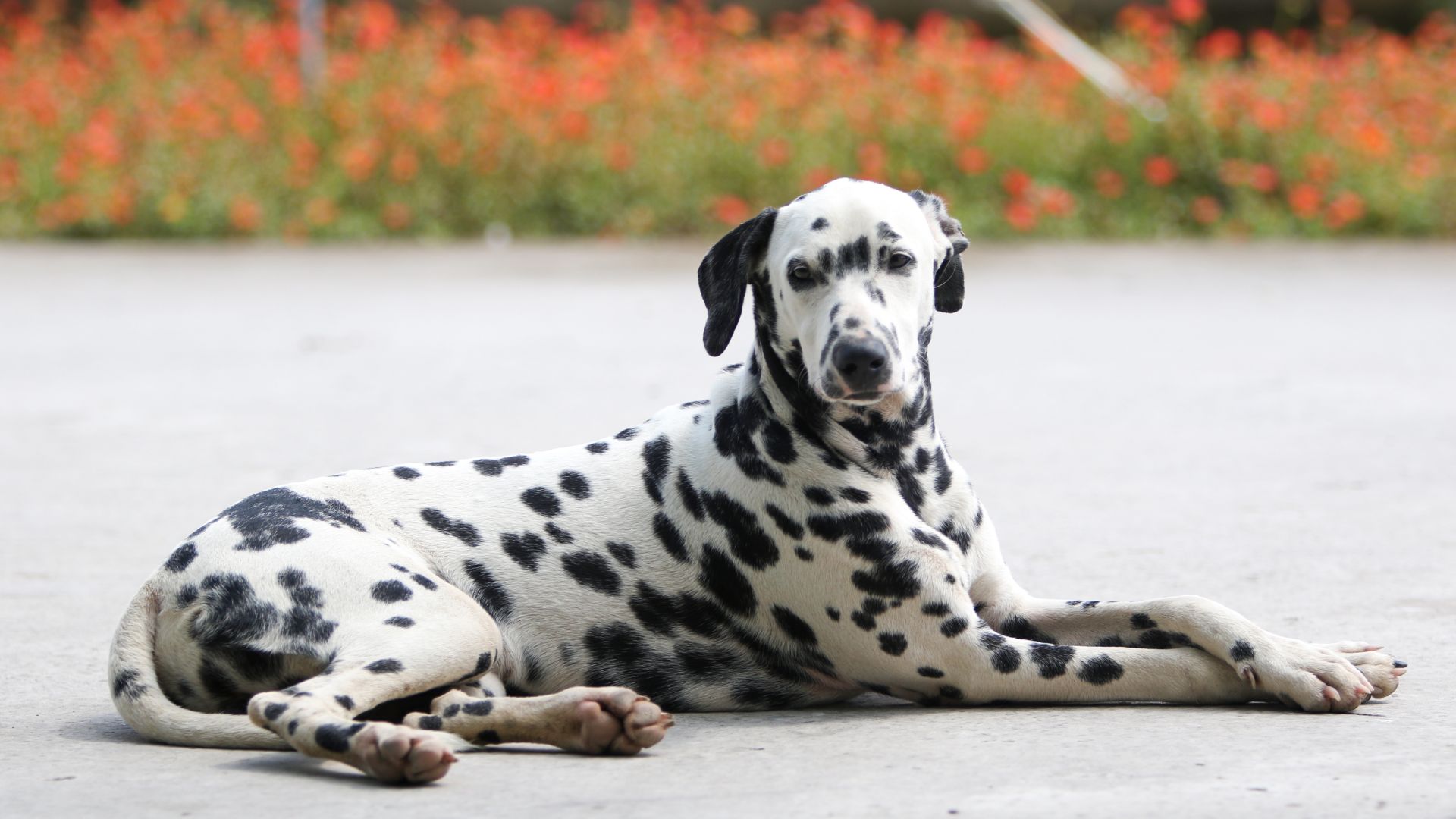
Their predominantly white coats reflect the sun, while the short, dense fur both protects them from the harsh rays and ensures they aren’t too well insulated, making them one of the best dog breeds for hot weather.
Dalmatians have terrific stamina (they historically used to run alongside horse-drawn carriages to protect them), meaning they can cope well with the physical demands of the heat.
21. Perro de Presa Canario

One for those that love a big, strong dog and live in a warm climate. This Mastiff-type breed is robust and muscular, and was traditionally used as a guard dog, to herd sheep and cattle and also for dog-fighting, before it was banned.
The Presa Canario does not have the usual features, such as long nose and slim, athletic body that usually copes well with heat, but it has a short, smooth coat, and has developed to withstand the baking temperatures of the Canary Islands where it originates.
Caring for dogs in hot weather
Many of the best dog breeds for hot weather are hairless, which many owners find appealing.
“Hairless dogs mean there will be fewer loose hairs around your house and less time spent brushing your pet,” says companion animal vet Dr Rebecca MacMillan. “However, hairless dogs do need some maintenance to keep their skin in good condition. These dogs will need regular bathing and moisturising with the best dog shampoos to reduce grease on the skin surface as well as the risk of secondary infections.”
Coping well in warm weather has the knock-on effect of struggling with temperature regulation when living in cooler parts of the world, especially during wintertime.
“Owners will need to give their dogs an extra layer or two to help keep them comfortable,” advises Dr MacMillan. “The best dog coats, jumpers and jackets will be essential accessories for your pet.”
Hairless dogs will also be susceptible to sun damage.
“Owners will need to apply pet-safe sunscreen at regular intervals and reduce their dog’s exposure when UV rays are at their highest.”
These dogs can suffer from sunburn, just as we do, and they are at increased risk of skin cancer, including squamous cell carcinoma.
“As well as sunscreen, you could consider a light t-shirt or vest to keep your dog protected,” adds Dr MacMillan. “Applying lotion and limiting UV exposure make this aspect of your pet’s care more challenging than the average dog.”
Read next: Best dogs for runners

Dr MacMillan is a companion animal vet who has always had a passion for writing and client communication. She works in the South West and loves complex medical cases.

Bethany is an experienced writer who has been writing across the pets and equestrian sector for eight years.
Edited by Georgia Guerin.
This feature was last updated in June 2025 by Bethany Stone.
Martha is an experienced journalist working in both print and digital media. She specializes in the canine, equine and rural sphere where she has covered a wide range of topics from cloning animals and the ingredients for a perfect yard dog, to helping owners find the best canine GPS trackers on the market. When she’s not busy writing about dogs and horses, she’ll be found either aboard a horse or looking after the menagerie of pets in her care.
- Bethany StoneFreelance Writer
- Dr. Rebecca MacMillanVet
